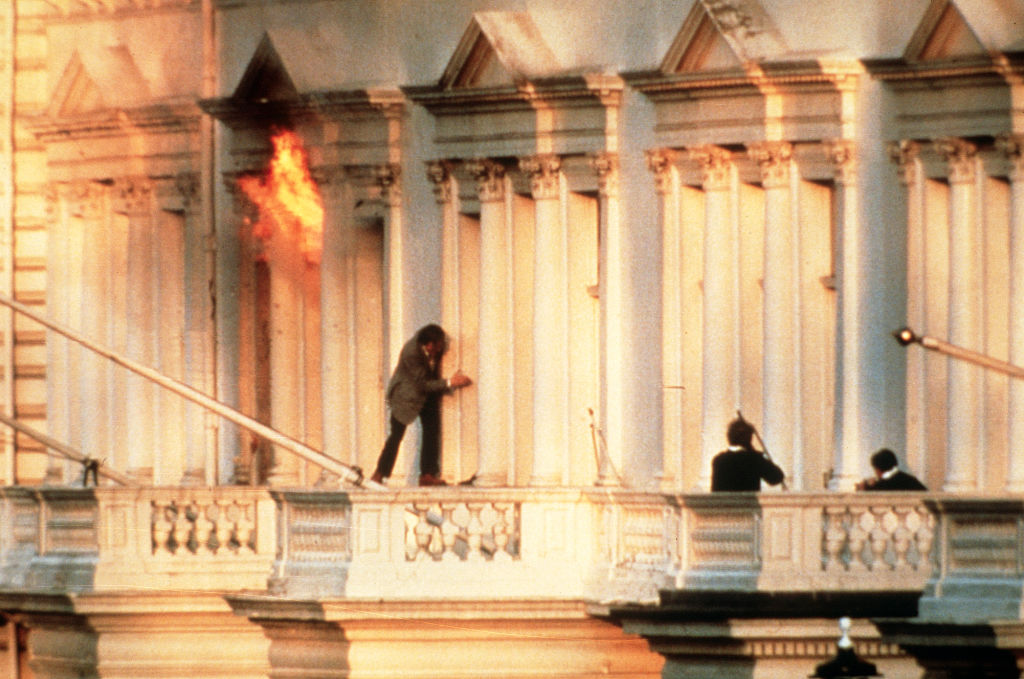Tom MacDonald passed away at the age of 71 after a battle with cancer. MacDonald is best known as a former SAS member who was part of the 1980 raid on the sieged Iranian embassy in London.
The father of three had retired to Oamaru in the South Island of New Zealand. He passed away on December 30.
He joined the Special Air Force (SAS) special forces in the mid-1960s. Prior to that he had served in the Parachute Regiment and the Territorial Army before that.
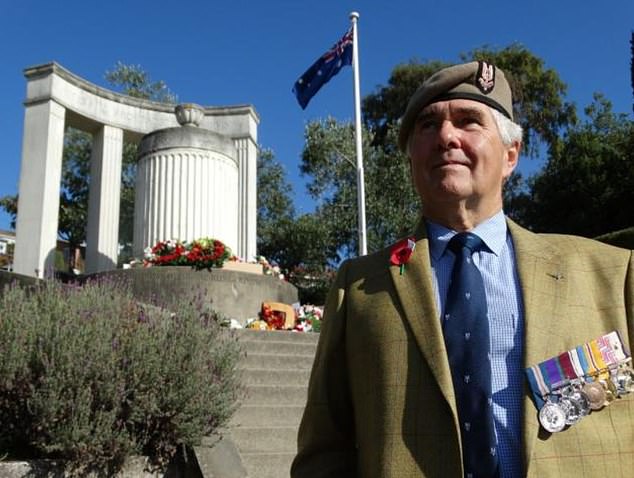
On April 30, 1980, six Iranian men took 26 people hostage in the Iranian embassy at Princes Gate, London. The hostages included a diplomatic protection officer and a team of journalists from the BBC.
The men demanded the release of 91 political prisoners in Iran. They also sought a plane they could use to escape the UK with their hostages.
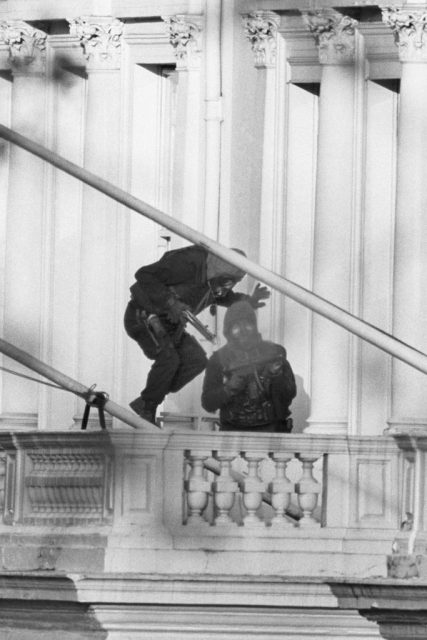
The SAS developed a plan of action to free the hostages. Prime Minister Margaret Thatcher gave the go -ahead for the men to proceed with their plan.
Nineteen hostages were freed. Five of the six terrorists were killed in the operation. The sixth was captured after he pretended to be one of the hostages.
The captured terrorist was given a life sentence for conspiracy to murder, false imprisonment and two charges of manslaughter.
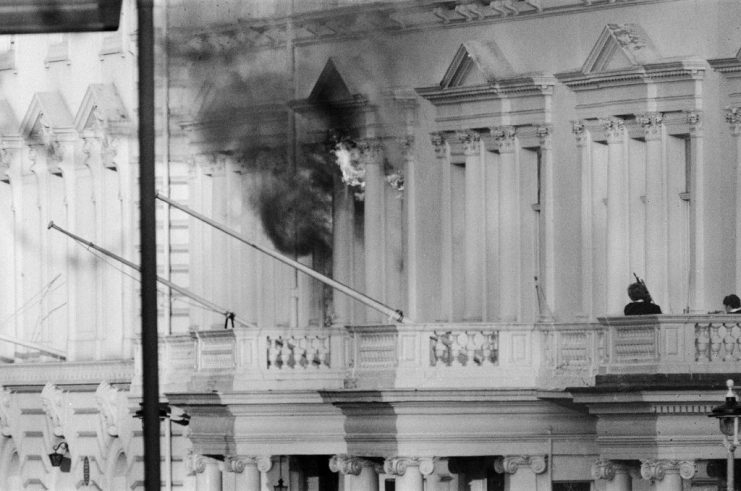
He was not deported to Iran because the British authorities determined that it would be a breach of the Human Rights Act.
MacDonald previous had discussed the operation just months before his death. He said that the entire operation only took minutes.
He was a sniper-commander on the SAS anti-terrorist team. His group was responsible for the first and fifth floors while the assault team handled the floors in between.
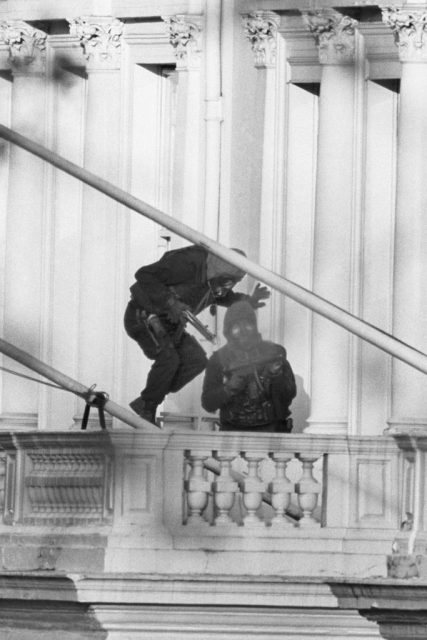
MacDonald entered the first floor and encountered two of the terrorists after jumping in through a window with three of his teammates. Within 30 second of beginning the operation, MacDonald had already killed two men.
After the successful mission, MacDonald received the Queen’s Gallantry Medal and had a beer with Margaret Thatcher and her husband.
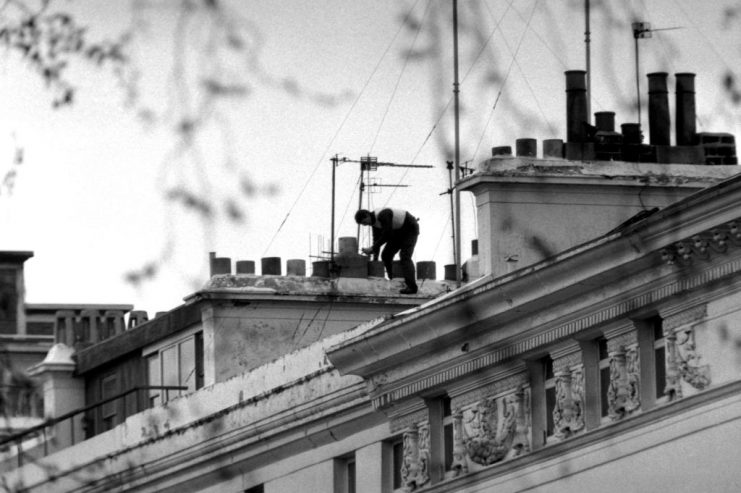
The SAS was originally formed in North Africa during World War II. The founder, David Stirling, saw the need for a force that could work on its own behind enemy lines to attack airfields and other targets of importance.
By the end of the war, the force had grown into a brigade and had been used in Italy, France, the Netherlands and Germany. After the war, the SAS disbanded but a new SAS regiment began in 1947.
The SAS recruits from among all of the British armed forces. It is exceptionally difficult to get into the SAS as the selection process is a grueling test of military skills, fitness, endurance, initiative and will power.
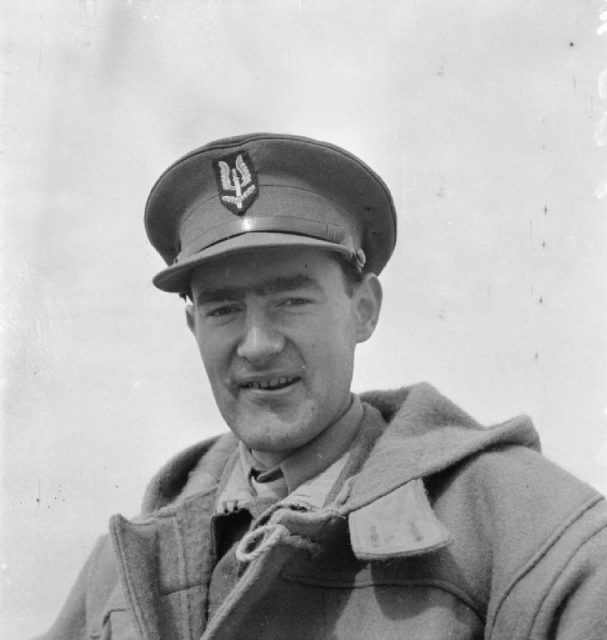
There is one active-duty SAS regiment which is divided into four squadrons. Each squadron is further divided into four troops with 16 men each.
Each troop has a focus in either mountaineering, parachuting, amphibious operations, or mobility operations (with vehicles and heavy weapons).
Another Article From Us: How France Helped Argentina During The UK’s Falklands War
The SAS now trains for special operations, surveillance and counter-terrorism. It is one of the United Kingdom Special Forces (UKSF) along with the Special Boat Service (SBS), Special Reconnaissance Regiment, Special Forces Support Group, an integral signals regiment, and an air wing.
